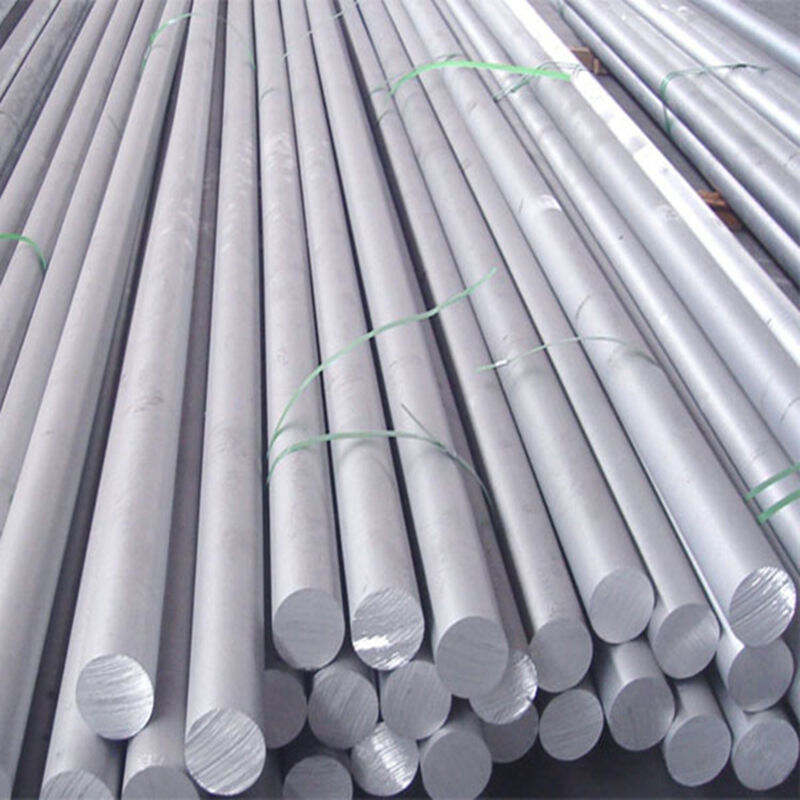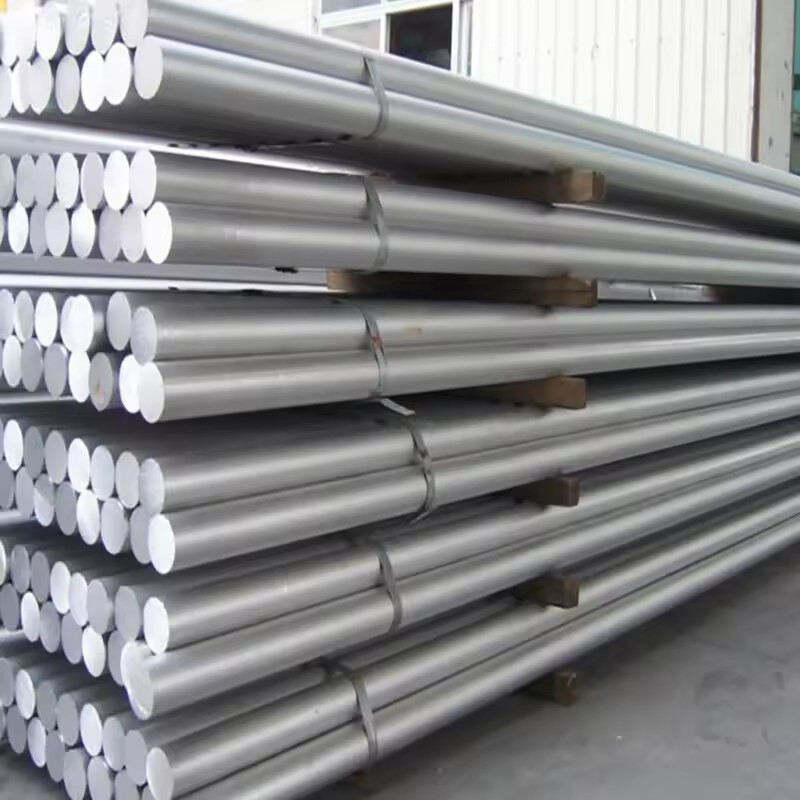Understanding aluminum bars for manufacturing
Aluminum bars are a versatile material widely used in manufacturing due to their lightweight, strength, and corrosion resistance. Selecting the right aluminum bar is crucial to ensure that manufacturing processes are efficient, components are durable, and final products meet quality standards. Manufacturers must consider alloy composition, dimensions, and performance characteristics when choosing aluminum bars to achieve optimal results.
Identifying manufacturing requirements
Assessing load and structural needs
The first step in selecting an aluminum bar is to evaluate the mechanical load and structural requirements of the application. High-strength aluminum bars may be needed for heavy-duty components, while standard grades are sufficient for less demanding parts.
Considering weight and dimensional constraints
Weight reduction is often a priority in manufacturing, particularly in automotive, aerospace, and machinery applications. Choosing aluminum bars with the right dimensions and density helps maintain balance between strength and lightweight performance.
Evaluating aluminum bar alloys
Common aluminum alloys for manufacturing
Different aluminum alloys provide varying levels of strength, corrosion resistance, and machinability. For example, 6061 aluminum bars are widely used for structural components, while 7075 alloys offer higher strength for specialized applications. Understanding alloy properties is essential to match aluminum bars with manufacturing needs.
Impact of temper and treatment
The temper of aluminum bars affects mechanical performance, flexibility, and surface finish. Heat-treated or cold-worked aluminum bars may provide additional durability or improved machinability depending on production requirements.
Performance considerations
Corrosion resistance and environmental factors
Aluminum bars must withstand environmental conditions, including humidity, chemical exposure, and temperature variations. High-quality aluminum bars resist corrosion, ensuring long-term durability in manufacturing applications.
Thermal and electrical properties
In industries like electronics and energy, the thermal and electrical conductivity of aluminum bars is important. Selecting bars with appropriate conductivity improves component efficiency and reliability.
Compatibility with manufacturing processes
Machining and fabrication
Aluminum bars should be compatible with the intended manufacturing processes. Easy-to-machine aluminum bars reduce production time, minimize waste, and maintain precision in components.
Joining and assembly methods
Consideration of welding, fastening, or bonding methods is essential when selecting aluminum bars. Proper material choice ensures structural integrity during assembly and reduces defects.

Supplier selection and quality assurance
Choosing reliable aluminum bar suppliers
A trustworthy supplier ensures consistent quality, accurate specifications, and reliable delivery. Selecting the right aluminum bar supplier is critical for seamless manufacturing operations.
Material certification and testing
Verify that aluminum bars meet industry standards and come with proper certification. Testing for mechanical strength, corrosion resistance, and alloy composition ensures compatibility with manufacturing requirements.
Maintenance and long-term performance
Proper storage and handling
Correct storage and handling practices prevent damage to aluminum bars before use. Protecting bars from moisture, impact, and surface scratches maintains material quality.
Routine inspection and quality checks
Regular inspections of aluminum bars in manufacturing inventory prevent defects and ensure that components produced meet design specifications and performance standards.
Sustainability and cost considerations
Energy efficiency and waste reduction
Selecting aluminum bars that align with sustainable practices reduces waste, improves efficiency, and contributes to eco-friendly manufacturing.
Long-term cost benefits
High-quality aluminum bars may have higher upfront costs but provide long-term savings by reducing maintenance, replacements, and operational issues.
FAQ
How do I choose the right aluminum bar for manufacturing
Consider alloy type, temper, mechanical strength, corrosion resistance, and dimensional requirements to ensure compatibility with production needs.
Are all aluminum bars suitable for high-strength applications
No, different alloys provide varying levels of strength. Selecting the appropriate grade is essential for heavy-duty or structural components.
How important is supplier quality when selecting aluminum bars
Supplier reliability is critical to ensure consistent specifications, timely delivery, and material certification for smooth manufacturing operations.
What maintenance is required for aluminum bars before use
Proper storage in dry, ventilated areas, careful handling, and routine inspection prevent damage and maintain quality of aluminum bars before manufacturing.
Table of Contents
- Understanding aluminum bars for manufacturing
- Identifying manufacturing requirements
- Evaluating aluminum bar alloys
- Performance considerations
- Compatibility with manufacturing processes
- Supplier selection and quality assurance
- Maintenance and long-term performance
- Sustainability and cost considerations
- FAQ




